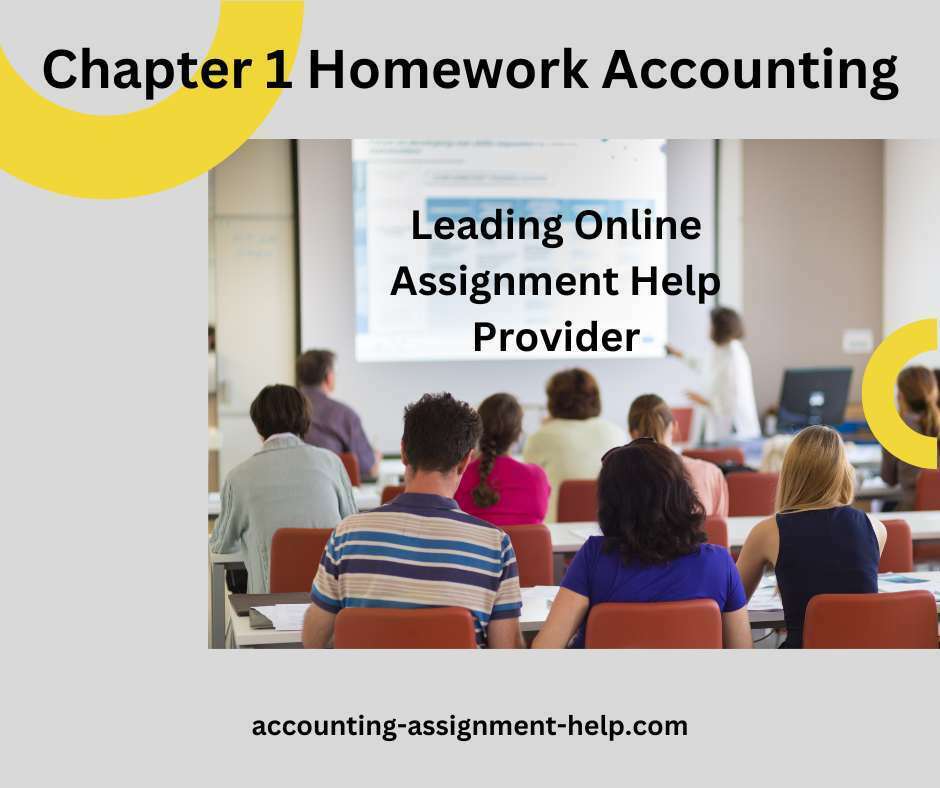Table of Contents
Chapter 1 Homework Accounting
In order to be successful in chapter 1 homework accounting, it is important to complete homework assignments. This chapter provides an overview of accounting and how to complete homework assignments. It is important to read the assigned chapters and complete the exercises at the end of each chapter. In addition, practicing with accounting software will help students become proficient in using accounting tools.
Chapter 1 Homework Accounting: How To Get Started with Financial Tracking For Your Small Business
Chapter 1 Homework Accounting can seem like a daunting task, especially if you have never attempted to keep financial records before. It may seem like something that only accountants or business owners need to worry about, but in reality, everyone from small business owners to individuals can benefit from keeping track of their expenses and income, especially when tax season comes around and you need to report your numbers to the IRS. Learning how to do this isn’t as difficult as it seems, though; here’s how to get started with Chapter 1 Homework Accounting for your small business today!

The Benefits Of Financial Tracking
Do you want to know how much money is coming in and going out of your business? The benefits of tracking financials are huge! Knowing how much money is coming in will help you determine how much money you need to spend on the various aspects of running a business. Likewise, knowing where the money is going will help you make decisions about what spending habits need to be eliminated or changed. You’ll also have a better understanding of profitability and the ability to make informed decisions about where best to allocate funds.
The Different Types Of Financial Statements
The three basic financial statements are the balance sheet, income statement, and cash flow statement. The balance sheet lists the assets of a company and its liabilities. It provides information about what the company owns and owes at a point in time. The income statement tells how much money came in and went out during an accounting period. It tells what happened to all of the sales revenues, expenses, gains, losses, etc. that take place during a given time period. The cash flow statement is similar to an income statement but it reports on where funds came from or went out of the business as opposed to where funds were earned or spent over a certain period of time (usually monthly).
How To Create A Budget
To get started, it’s a good idea to figure out what you need and what you don’t. You may want to create two lists: Must Haves and Nice To Haves. Your Must Have list should include things that are absolutely necessary for running the business. Your Nice To Have list can include items that would be nice but not necessary. After you’ve created these two lists, take a look at your budgeting software and see how much of a monthly budget is allotted for each category on the lists. For example, if the Must Have list includes rent and the Nice To Have list includes advertising, then your budget might allot $1,200 per month for rent and $500 per month for advertising.
Tips For Staying On Track With Your Finances
Start by getting a good grasp on the basics of accounting. This will allow you to accurately track business expenses and profits, as well as set goals for the future. Next, get organized! Create a system that works best for you and stick to it so that you can stay on top of all aspects of the business. Once you have a system in place, use it regularly and make sure all information is up-to-date. Finally, keep in mind that everything comes with time and patience. As long as you stay focused on your goals and consistently work towards them without giving up too soon, you’ll be able to create the successful small business of your dreams.

Where To Find More Help With Financial Tracking
Chapter 1 Homework Accounting is one of the most important aspects of running a small business. In this chapter, you learned about the basics of accounting and what it means for your business. It’s time to get started on tracking your financials. Here are some resources that will help you get started with Chapter 1 Homework Accounting.
Hire Experts
Facebook
Twitter
Telegram
WhatsApp
Email
FAQ
What is the purpose of a website like this?
The purpose of this website is to offer a simple and easy way to manage finances and accounting for small businesses. Whether you want a blog, store, or any other business you can use this website as the tool that will help you keep track of all the various aspects of your financials. Chapter 1 Homework Accounting will help you keep up with all taxes, expenses, payments, and more.
Who is the target audience for this website?
Chapter 1 Homework Accounting is designed for small business owners who are just getting started in the world of business and want to learn the basics of accounting. This blog post will teach you how tracking financial transactions can help you better understand your company’s profitability, prevent costly mistakes, and take care of day-to-day tasks like invoicing and paying bills.
How can I find more information about the services offered on this website?
A great place to find more information about our services is by downloading our free eBook. Click on the image below, and you’ll be taken to a page where you can download Chapter 1 Homework Accounting: How to get started with financial tracking for your small business.

